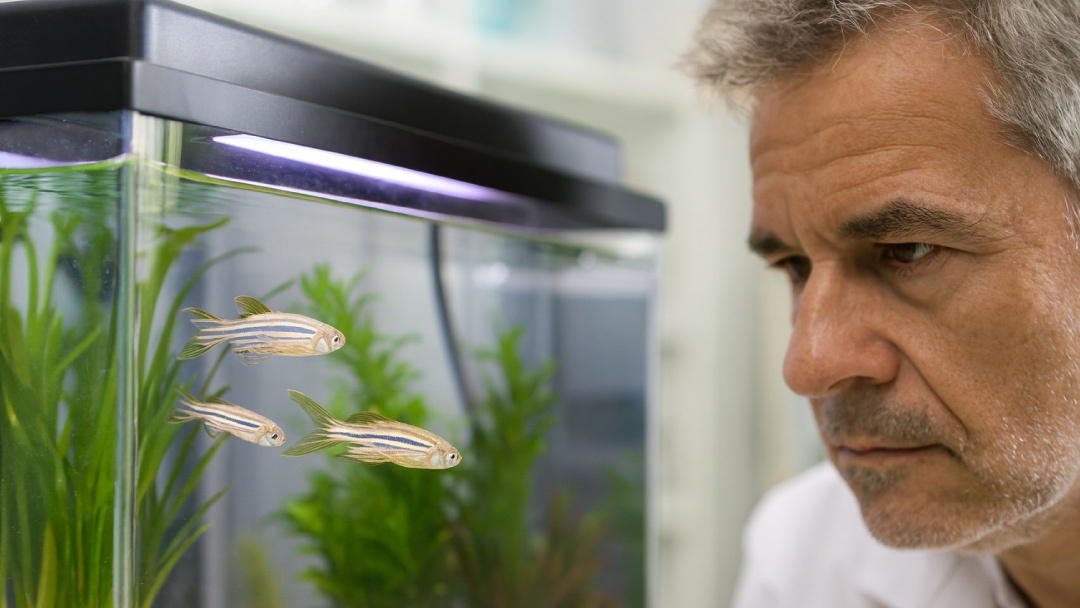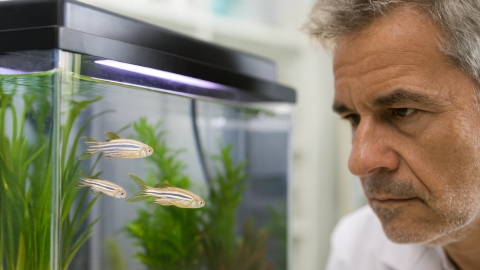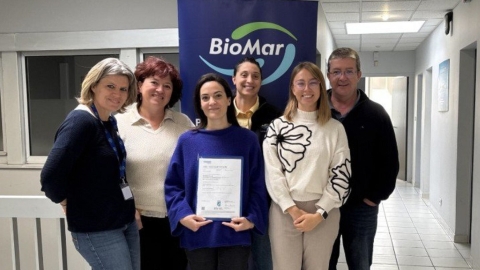
Hitherto, measuring fish welfare has primarily relied on classical physical, physiological and behavioural parameters. These metrics have focused on detecting biological dysfunctions such as disease, injury, or high stress levels, often through the measurement of cortisol.
Crucially, however, these indicators can be insufficient, as an animal may appear healthy, be growing, and reproducing, yet still subjectively experience a state of suffering.
In a bid to better understand the living conditions and overall welfare of farmed fish, a team of scientists from the Instituto Torre de la Sal (IATS-CSIC), in Spain, has now devised a new conceptual framework capable of measuring the affective or emotional state of fish, effectively moving beyond the limitations of traditional indicators.
This pioneering approach places the emotional state at the core of welfare assessment and, according to the researchers, directly addresses the growing ethical and societal concerns generated by the intensification of aquaculture production systems.
To meet these new demand, the IATS-CSIC study advocates for the use of innovative metrics to assess whether the animal are experiencing positive or negative states. Felipe Espigares, the IATS-CSIC researcher leading the study, stated that “this novel approach that we propose positions the emotional state of fish at the heart of welfare evaluation, combining physical, physiological, and behavioural measures.” He noted that classic welfare indicators, such as physical health or stress levels, may be insufficient to provide a complete picture of the fishes’ condition.
To measure the affective state of the fish, the team employs cognitive bias paradigms. The core of the method lies in how an animal’s emotional state influences its judgment of ambiguous information.
First, “the fish learn to associate one cue with a pleasant reward (a price such as food, or a social reward like being put with another fish of its species) and another with a less desirable situation (such as a stressful situation).” Subsequently, “they are presented with an ambiguous cue that could be interpreted as positive or negative (because it is a mixture of the two previous cues).”
How the fish react to this signal, “for example, if they approach quickly or show hesitation”, indicates whether they might be in a more positive or negative emotional state. This method offers “an indirect view of their emotional welfare.”
The framework integrates knowledge gained from various species, noting that the core cognitive bias methodology has been successfully trialled in species such as the zebra fish (Danio rerio) and the European seabass (Dicentrarchus labrax). Furthermore, the conceptual model applies indicators previously studied in other commercially important species, including gilthead seabream (Sparus aurata), Atlantic salmon (Salmo salar), and rainbow trout (Oncorhynchus mykiss).
The study’s first author, IATS-CSIC researcher Maria Victoria Alvarado, explained that “this multidimensional approach makes it possible to overcome the limitations of classical indicators, providing a more complete and precise view of welfare in aquaculture. Thus, the framework reduces the dependence on a single type of evidence and promotes the combination of different indicators with the ultimate goal of updating the methodologies used in the research and management of fish welfare.”
The study proposes a conceptual framework that can guide the industry and regulatory bodies in assessing animal welfare based on the most current scientific and ethical criteria. The findings are published in the journal Proceedings of the Royal Society B.
Reference:
Alvarado, M. V., Cerdá-Reverter, J. M., & Espigares, F. A functional framework for a comprehensive study of welfare in fishes.Proceedings B, 292(2056), 20251833 (2025). https://doi.org/10.1098/rspb.2025.1833



